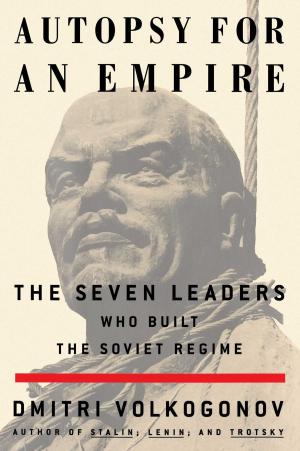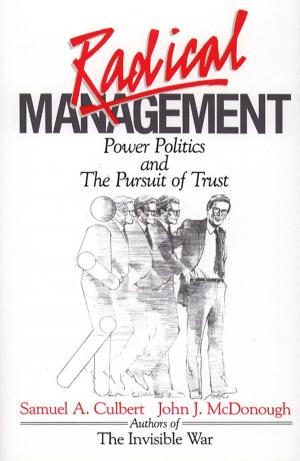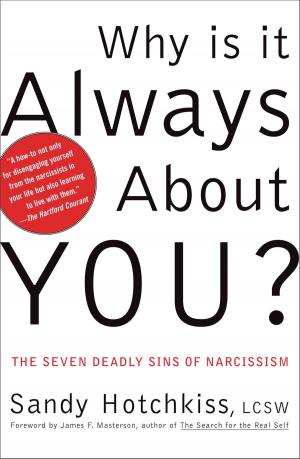| Author: | Daniel Chirot | ISBN: | 9781439105917 |
| Publisher: | Free Press | Publication: | February 7, 1994 |
| Imprint: | Free Press | Language: | English |
| Author: | Daniel Chirot |
| ISBN: | 9781439105917 |
| Publisher: | Free Press |
| Publication: | February 7, 1994 |
| Imprint: | Free Press |
| Language: | English |
Along with its much vaunted progress in scientific and economic realms, our century has witnessed the rise of the most brutal and oppressive regimes in the history of mankind. Even with the collapse of Marxism, current references to “ethnic cleansing” remind us that tyranny persists in our own age and shows no sign of abating. Daniel Chirot offers an important and timely study of modern tyrants, both revealing the forces which allow them to come to power and helping us to predict where they may arise in the future.
Tyrannical rule typically begins in an economically depressed and unstable society with no real tradition of democratic government. Under such circumstances, a self-pitying nationalism often arises along with a widespread popular perception among the citizenry that grave injustices have been committed against them. When a charismatic leader is able to exploit this situation, he may sanction unspeakable atrocities while claiming to uphold cherished national myths.
Chriot analyzes the careers and characters of notorious dictators such as Stalin, Hitler, Mao, and Saddam, as well as lesser known tyrants such as Kim II Sung of North Korea, Ne Win of Burma, Argentina’s Peron, the Dominican Republic’s Trujillo, Pol Pot, Duvalier, and others. He demonstrates how they can survive the rise and fall of particular ideologies and reveals the frightening new marriages between nationalism and a host of local concerns. The lesson drawn is stark and disturbing: the age of modern tyranny is upon us, and unlikely to fade soon.
Along with its much vaunted progress in scientific and economic realms, our century has witnessed the rise of the most brutal and oppressive regimes in the history of mankind. Even with the collapse of Marxism, current references to “ethnic cleansing” remind us that tyranny persists in our own age and shows no sign of abating. Daniel Chirot offers an important and timely study of modern tyrants, both revealing the forces which allow them to come to power and helping us to predict where they may arise in the future.
Tyrannical rule typically begins in an economically depressed and unstable society with no real tradition of democratic government. Under such circumstances, a self-pitying nationalism often arises along with a widespread popular perception among the citizenry that grave injustices have been committed against them. When a charismatic leader is able to exploit this situation, he may sanction unspeakable atrocities while claiming to uphold cherished national myths.
Chriot analyzes the careers and characters of notorious dictators such as Stalin, Hitler, Mao, and Saddam, as well as lesser known tyrants such as Kim II Sung of North Korea, Ne Win of Burma, Argentina’s Peron, the Dominican Republic’s Trujillo, Pol Pot, Duvalier, and others. He demonstrates how they can survive the rise and fall of particular ideologies and reveals the frightening new marriages between nationalism and a host of local concerns. The lesson drawn is stark and disturbing: the age of modern tyranny is upon us, and unlikely to fade soon.















